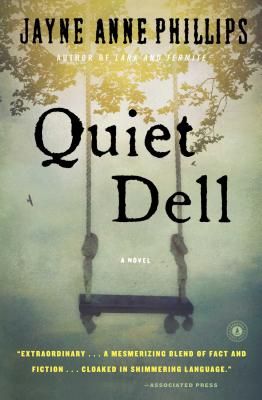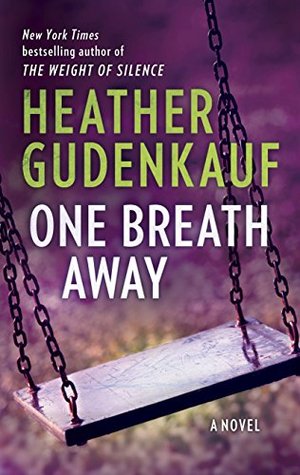
Okay. Today's #TenTweets is on the timely subject of TITLES. Follow the hashtag to collect them all! #TenThingsAboutChoosingaTitle.
1. Choosing the name of your book is one of the big challenges for any author. I find that a work-in-progress doesn't quite have an identity until it has a name. #TenThingsAboutChoosingaTitle
2. Although it doesn't count as plagiarism to use the same title as another book, it can be hard to find something original. It's worth Googling your proposed title, just to make sure. #TenThingsAboutChoosingaTitle
3. In some cases, even when you've chosen a title you like, you'll have to persuade your publisher's sales department that it's going to work. With that in mind, it's worth considering a few extra factors. #TenThingsAboutChoosingaTitle
4. A very long title, as well as being hard for readers to remember, will generally mean a less striking jacket cover, as the title will take up most of the space. #TenThingsAboutChoosingaTitle
5. It helps if your title is easy to pronounce. Charles Palliser's excellent novel, THE QUINCUNX, would, I think, have had more success if people had known what the title meant. #TenThingsAboutChoosingaTitle
6. A title should be - at least in some way - representative of the genre and content of the book. (No-one expects a book called The Little Tea-Shop On The Pier to end up being a gritty crime drama.) #TenThingsAboutChoosingaTitle
7. It helps if your title is memorable. Not only will this attract potential reviewers, it also means your readers won't be asking for "That book by the woman who wrote, er... I think it had a blue cover." #TenThingsAboutChoosingaTitle
8. If your proposed title is a quote, avoid problems by making sure it's either out of copyright, or cleared by the copyright owner. #TenThingsAboutChoosingaTitle
9. Ideally, a title should be intriguing enough to tempt someone to open the book, without being misrepresentative. #TenThingsAboutChoosingaTitle
10. In any case, don't be heartbroken if your publisher wants to change your chosen title. This doesn't happen on a whim: it's usually after lengthy talks with the sales and design teams; sometimes even with representatives of book chains. #TenThingsAboutChoosingaTitle
• • •
Missing some Tweet in this thread? You can try to
force a refresh















